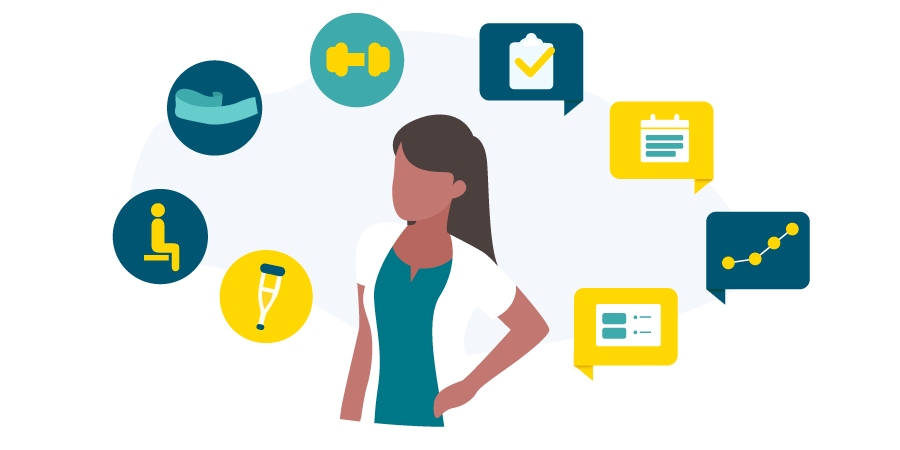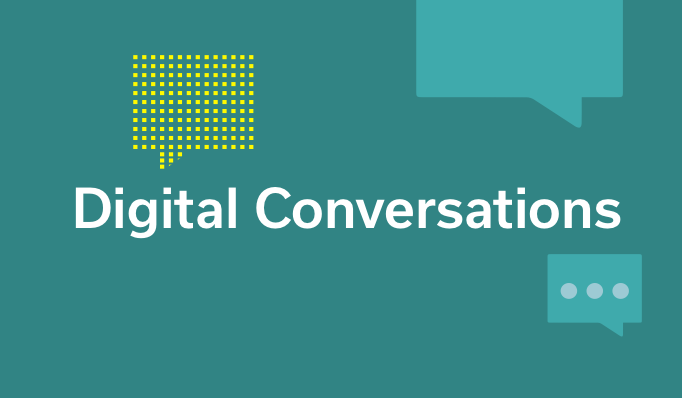The healthcare system has been under siege for a long time. As if things weren’t challenging enough before 2020, the COVID-19 pandemic emerged and took the pressure up multiple levels.
Overworked clinical teams, frustrated patients, and administrative headaches remain pervasive. This is all happening in an environment of unsustainable increases in costs, new regulations, and complexity. Nobody is winning (except the insurance companies!).
It’s time for a radical change and AI might just be what the industry needs. Having spent professional time in both a clinical and technology environment, I thought I could share some perspectives.
After working as a physical therapist (PT) for several years, I left clinical practice to work for Lifelink Systems, a technology company building conversational AI for healthcare. Over the last several years I have connected with many clinicians who have left clinical practice or are interested in leaving clinical practice. This has provided me with insights into a concerning trend within our field — the departure of skilled professionals.
Here are some of the reasons behind this shift, and examples of how artificial intelligence (AI) holds the potential to address these challenges, not only improving job satisfaction for PTs but also enhancing the quality of care for our patients.
The Exodus from Clinical Practice
The decision to leave clinical practice is a multifaceted issue often driven by burnout, heavy caseloads, administrative complexities, and the constant struggle to maintain a work-life balance. I intimately understand these challenges, having personally felt the burden of burnout after a decade in the clinic.
Although the passion for patient care and the profession remains, the daily demands of clinical practice can lead even the most dedicated therapists to reconsider their career paths. In 2021, over 22,000 PTs left clinical care, representing nearly 10% of the workforce. This alarming statistic becomes even more significant as the aging population increases the demand for physical therapy.
In outpatient orthopedic physical therapy, therapists often grapple with repetitive tasks that consume valuable time and lack mental stimulation. Documentation, scheduling, and exercise program creation, while essential, can become overwhelming, leaving little room for the enjoyable aspects of the job — connecting with people and unraveling the unique challenges each patient brings.
The Potential of AI in Physical Therapy
Artificial intelligence, with its promise to revolutionize various aspects of our lives, offers exciting opportunities in the realm of physical therapy. As a software engineer in a healthcare tech company, I’m enthusiastic about the potential applications of AI in alleviating the challenges faced by PTs. Some examples include:
-
Automated Documentation: AI tools can streamline the documentation process, ensuring accurate and organized clinical notes. This not only reduces administrative burdens but also liberates time for therapists to engage in meaningful patient interactions.
-
Personalized Exercise Programs: Leveraging AI algorithms, therapists can generate personalized exercise programs based on patient data. This tailored approach not only saves time but also empowers patients to take an active role in their rehabilitation.
-
Appointment Scheduling and Reminders: AI-driven systems can optimize appointment scheduling, minimizing gaps in therapists' schedules and reducing patient no-shows. Automated reminders not only improve adherence to treatment plans but also keep patients informed and engaged.
-
Data Analysis for Treatment Planning: AI assists therapists in analyzing patient data to identify trends and correlations. This information not only informs evidence-based treatment plans but also fosters a collaborative and informed approach to care.

Interactive Virtual Assistants
Beyond the obvious applications, discussions are emerging around the potential for AI to deliver care. As a former clinician, I initially approached this idea with defensiveness and skepticism. However, witnessing AI, such as ChatGPT, empathetically connect with patients and assist in challenging decisions has sparked excitement.
An AI-powered virtual assistant could engage with patients, answering questions, providing education, and offering guidance on home exercises with a level of patience and repetition that exceeds human capability. Importantly, this technology can function using native smartphone capabilities such as SMS messaging and web browsers. This eliminates the need for patients to download another mobile app and then need to remember usernames or passwords. Low friction is key.
Our commitment to patient care remains unwavering, but the demands of clinical practice are pushing many providers to their limits. The integration of AI not only streamlines workflows but also opens up exciting possibilities for enhancing the delivery of care.
By embracing these technological advances, therapists can forge stronger connections with patients, making the future of outpatient orthopedic physical therapy a collaborative journey toward improved outcomes, and revitalizing a sense of purpose in our noble profession.








